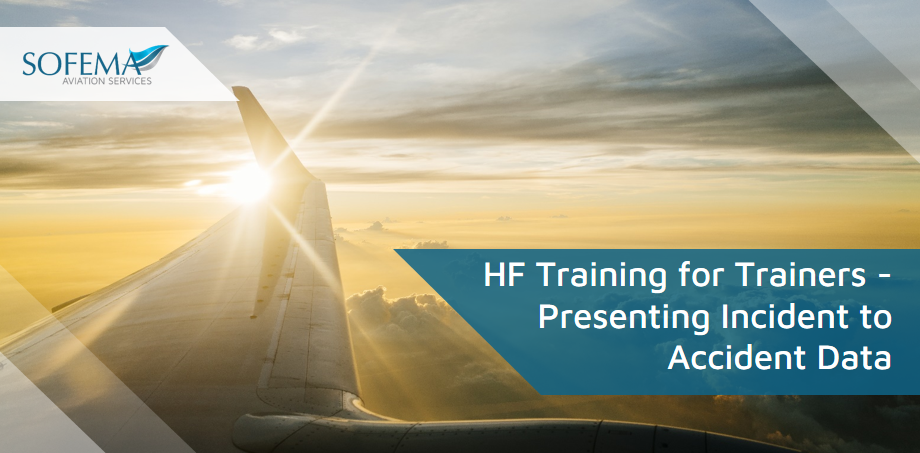Sofema Aviation Services (SAS) www.sassofia.com considers techniques for delivering Data related to Human Factors Incidents and Accidents.
Introduction
A Boeing study has highlighted critical areas where human factors errors frequently occur in aviation maintenance.
Understanding these key exposures is essential for implementing effective preventative measures. Consider the top five issues identified in the study:
- Fastenings Undone/Incomplete (22%)
- Items Left Locked/Pins Not Removed (13%)
- Caps Loose or Missing (11%)
- Items Left Loose or Disconnected (10%)
- Items Missing (10%)
These five categories represent the most prevalent and potentially hazardous errors, underscoring the need for rigorous attention to detail and strict adherence to maintenance protocols.
By focusing on these and other key areas, aviation maintenance teams can significantly reduce the risk of errors, thereby enhancing the safety and reliability of aircraft operations.
Considering Different Presentation Options
- Case Studies – Use real-life case studies to highlight incidents and accidents. Describe the sequence of events, causes, and consequences.
o Encourage discussion on lessons learned.
- Data Visualization – Charts and Graphs: Utilize bar charts, pie charts, and line graphs to display statistical data on incidents and accidents.
o Ensure they are clear, well-labeled, and easy to interpret.
- Timelines – Develop timelines showing the sequence of events leading to an incident or accident to illustrate cause and effect relationships.
- Videos: Incorporate videos of real incidents or accident reconstructions.
o Ensure these are relevant and enhance understanding.
- Photographs: Use images from actual incidents or accidents to provide visual context and highlight key points.
- Group Discussions: Facilitate discussions on specific incidents, encouraging participants to analyze and debate the human factors involved.
- Problem-Solving Exercises: Provide scenarios with incomplete information and have participants work in groups to identify potential human factors, issues, and solutions.
- Trend Analysis – Present trends over time to show improvements or areas needing attention. Use statistical analysis to back up the data.
- Root Cause Analysis – Teach and apply techniques such as the Five Whys or Fishbone Diagram to dissect incidents and understand underlying human factors.
- Compliance and Best Practices QMS / SMS – Explain how the data relates to EASA Part 145 requirements. Highlight best practices and compliance strategies.
o Safety Management Systems (SMS): Show how incident and accident data feed into SMS, driving continuous improvement and risk management.
o Human Factors Integration – Introduce models such as the Swiss Cheese Model or SHELL model to explain how human errors contribute to incidents and accidents.
o Behavioral Analysis: Discuss how human behaviors, cognition, and ergonomics affect maintenance errors.
- Documentation and Resources – Handouts and Manuals: Provide comprehensive materials that participants can refer to after the course.
o Online Resources: Offer access to online databases, articles, and case studies for further study.
Next Steps
Follow this link to our Library to find & download related documents for Free.
Sofema Aviation Services (www.sassofia.com) and Sofema Online (www.sofemaonline.com) provide Human Factors, Safety and Maintenance Event Decision Aid (MEDA) Training, together with Training for Trainers in the mentioned Courses. Delivered as Classroom, Webinar and Online courses – Please see the respective websites or email team@sassofia.com
Tags:
Train The Trainer, Group Discussions, Data, Maintenance Event Decision Aid, Aviation Safety Management Systems, SAS blogs, EASA Part 147, Human Factor Train the Trainer, Training, Aircraft Maintenance, Root Cause Analysis, Part 145, Human Factors, EASA Part 145, EASA, Compliance, aviation





